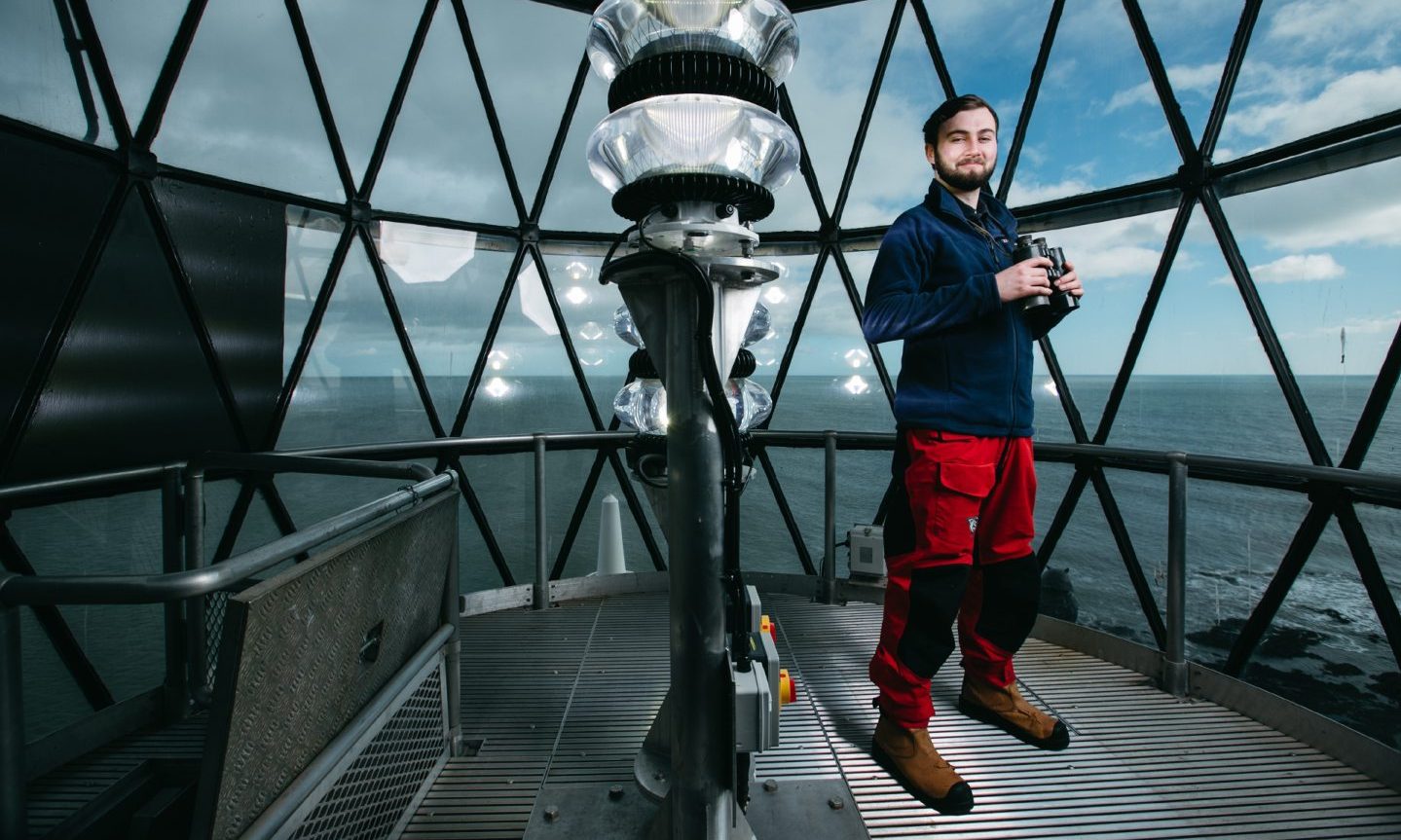
Up close, Girdle Ness Lighthouse looks more solid and imposing than you might expect from a structure built in 1833.
Standing 37 metres tall, near Aberdeen Harbour, it celebrates its 190th birthday this year.
More than a century and a half its junior, 24-year-old James Addison from Fife is about five years into his career with the Northern Lighthouse Board (NLB), and Girdle Ness is one of his many charges.
Unfazed by the 182-step climb to the top of the lighthouse, Addison is full of energy. Granted, he’d struggle without it.
As a member of one of several teams of constantly travelling technicians, he spends his working days sailing or flying but mainly driving around Scotland, helping to maintain and repair the lamps inside the country’s 200-odd lighthouses.
Though Addison was first interested in mechanical engineering, he secured an electrical apprenticeship with the NLB, learned the ropes and fell in love with keeping the lights on.
But ironically when he looks back to growing up near Kinross, he was about as far from the sea as it was possible to get.
“I can’t really say I knew lighthouses existed when I was younger, to be completely honest,” he said.
“In Fife, we don’t really have many. Isle of May is one of the little islands in Fife, just kind of off Anstruther sort of way.
“And then we’ve got Fife Ness as well, which is just outside Crail, next to the golf course.
“And, if you take a line between Fife and Dundee and go east for 12 miles, we’ve got the Bell Rock in the middle of the sea there.”
Inside Arbroath’s Bell Rock lighthouse
In the job he does now, visiting Isle of May Lighthouse requires boat access. They also need good weather. The Bell Rock needs helicopter access.
“I’ve only just come back from my first trip there, and we had some gorgeous weather when we were there,” he said.
“Staying at Bell Rock was actually really nice. A lot of the other guys complained about it. But none of them have really seen the other pillar rock lights they’ve got in other districts.”
He thinks Bell Rock was one of the most luxurious ones he’s stayed on, if not the best.
“Just below the kitchen level, there are two bedrooms, both, with two or three bunk beds per room,” he said.
“But I slept at the top of the tower when we were there. Some of the lighthouse kitchens are really tight. When you’ve got the table up and you’re having your tea, you can move around the table inside Bell Rock.
“So it’s quite a spacious one. It’s not even too cramped outside.
“You can wander around quite a little bit, when the tide goes out.”
Back at Girdle Ness, at the top of the narrow, spiralling stone stairs, which are painted a striking crimson red, there are two short ladders.
How has lighthouse technology changed?
Climbing them takes you up into the glass dome which houses the lamp – the lantern room. Through triangular panes, the North Sea seems to stretch endlessly ahead while the Granite City sprawls behind. The sky is blue and the sun warm, turning the space into a sweltering hothouse.
Addison explains how, at night, the large piece of machinery dominating the centre of the room spins, creating the life-saving flashes mariners see from their vessels.
Automated in 1991 (years before the technician was even born), this light set-up is big, somewhat clunky, and not as eco-friendly as the NLB would like.
Addison holds up his mobile phone, swiping through photos to show examples of the most up-to-date, freshly fitted lamps – which are much smaller, just as powerful and virtually self-sufficient.
The lights can now be monitored remotely using computers, with retained lightkeepers employed by the NLB to be occasional eyes and ears on the ground at most locations.
Long gone are the days of live-in lighthouse keepers.
“Definitely a lot has changed since then,” says Addison, “These sites only tend to get visited once a year, whereas back then they were on site every day, and for maybe a month or so at a time.”
Continual advancements in technology have indeed changed the NLB’s approach since it was established as the Commissioners of Northern Light Houses in 1786, but the game essentially remains the same.
“What we’re doing is keeping a safe and reliable system of aids to navigation for the protection of mariners and the environment,” says chief executive, Mike Bullock. “And that’s what Robert Stevenson and his team were doing. The job is actually remarkably similar.”
Lighthouses scattered across the coast – from Montrose to Shetland
Though you may be more familiar with the literary work of his grandson, Robert Louis Stevenson, Glasgow-born Robert Stevenson is the most famous civil engineer the NLB ever had.
He is credited with designing 19 lighthouses during his career, including both Girdle Ness and one of the oldest of its kind surviving in the world today – the sea-washed Bell Rock, off the coast of Angus.
The majority of Scotland’s lighthouses have been standing for more than 100 years, and some for much longer. Some were purpose-built, others retrofitted. Several look distinctly unlike the rest: a good example is the Gothic tower, Duart Point, on the East Coast of Mull, built in 1900 as a lighthouse but also as a memorial to Scottish novelist William Black.
Floating buoys (of which the NLB looks after more than 170) can easily be stripped down without chemicals, repainted and reused. As a result, some of the ones currently in use are more than 60 years old.
Far from being stuck in the past, however, the outfit aims to be continually pushing forward when it comes to technology – and the greener, the better.
“There is plenty of activity going on,” says Bullock, “Most of our stations are now solar powered, which takes out the need for diesel generators.
“We do have some which still have diesel generators because there is no alternative. But what we are doing is, where we can, putting in a new generation of diesel generators so there’s a much lower use of fuel, they are much cleaner, and so on.
“That holy trinity of solar panels, LED lights and better batteries means you can survive through the winter. Previously, as little as 10 years ago, we would have to go out and in the midwinter to recharge the batteries because there wasn’t enough solar gain.”
Lighthouse technicians experiencing more extreme storms
While sustainability is little more than a buzzword for some businesses, it truly appears to be at the very heart of how the NLB operates. Perhaps it should come as no surprise that the organisation is taking the climate change emergency seriously. Exposed to the elements while looking after Scotland’s most remote lighthouses, technicians see first-hand the increasing regularity and severity of extreme storms.
“There are some times where you can be out there and getting ready and excited to come off the next day because you’ve got plans for the weekend,” explains Addison,
“And then the weather comes in and you can’t get off.”
‘I’d recommend this job to anyone who likes adventure’
Dealing with the unexpected is clearly a big part of the job. So too is staying calm and cheerful in less than ideal circumstances – as demonstrated when he steps out on to the exterior platform at the top of Girdle Ness and is immediately pelted with bird droppings, which land on one shoulder of his neat, NLB-issue navy blue T-shirt.
And if anyone is interested in seeing the interior of the lighthouse, here's a photo of the kitchen #BellRock #Lighthouse #Scotland pic.twitter.com/65vgYtSpii
— Northern Lighthouse Board (@NLB_UK) September 14, 2023
It’s surprisingly quiet and calm at the summit, despite strong gusts of wind. The breeze is a welcome break from the stuffiness inside.
Undeterred by mischievous seabirds, Addison is effusive about what he does for work: “I’d recommend this job to anyone who likes adventure and exploring Scotland. It’s good fun. You could work for a living, but it’s better than that.”
Nevertheless, leaning on the metal rail in front of him and looking out to sea as he talks, he acknowledges that very few of his days are spent at home in Fife, and that the transient technician lifestyle isn’t necessarily for everybody.
Team spirit helps James when he misses Fife
Camaraderie and maintaining morale when working and staying in remote locations is key, and food plays a big role in that, with NLB staff taking turns to cook for their colleagues. On a recent trip offshore, Addison says a table tennis tournament kept everybody entertained and in good spirits for the duration.
The traditional keepers’ cottages at the foot of many lighthouses were sold off years ago; several are now available to rent as holiday accommodation. More often than not, visiting NLB staff stay in nearby hotels and B&Bs. But while working in more some remote spots, they bunk together in the same quarters as several generations of their predecessors once did.
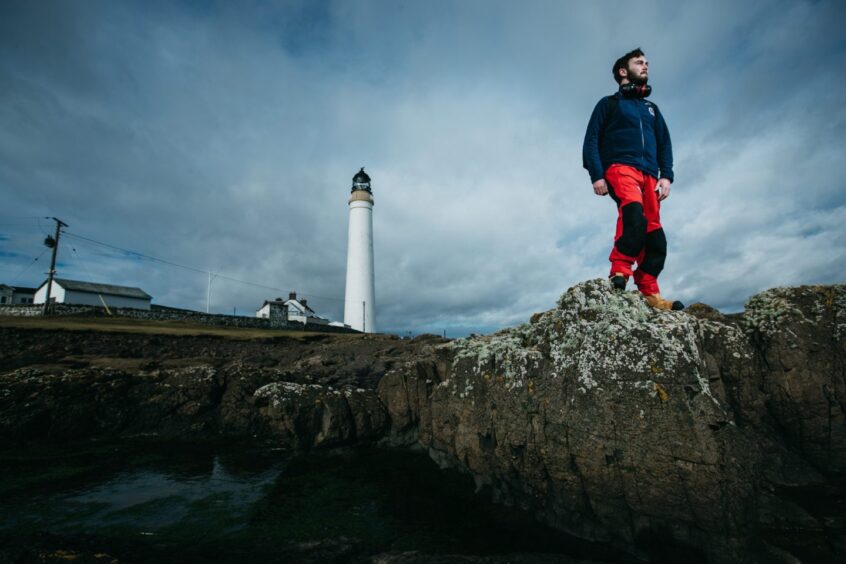
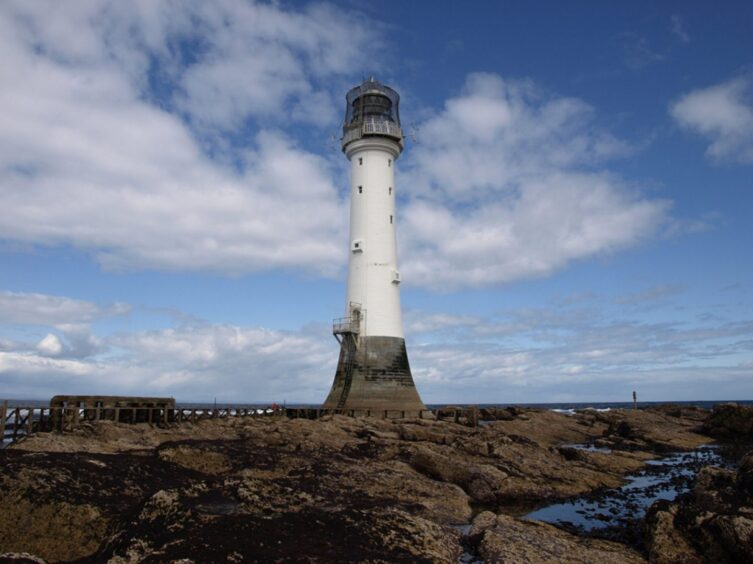
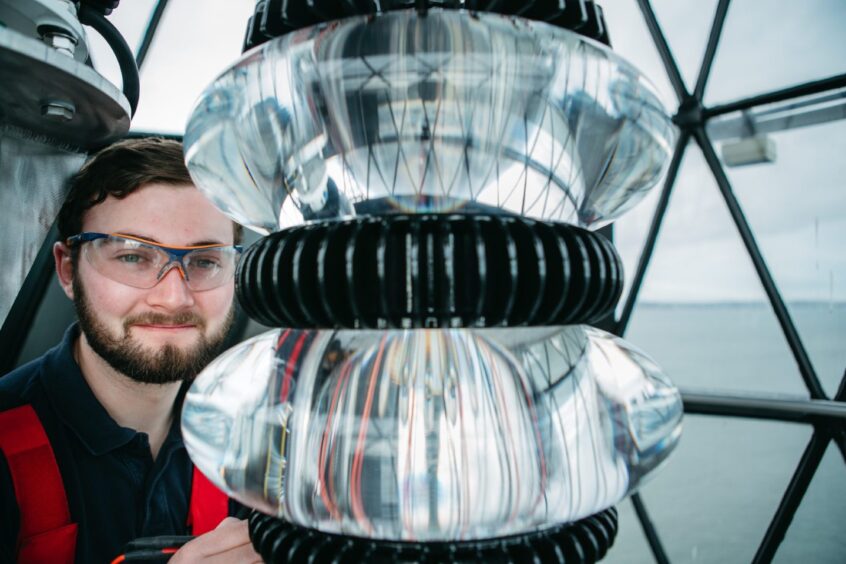
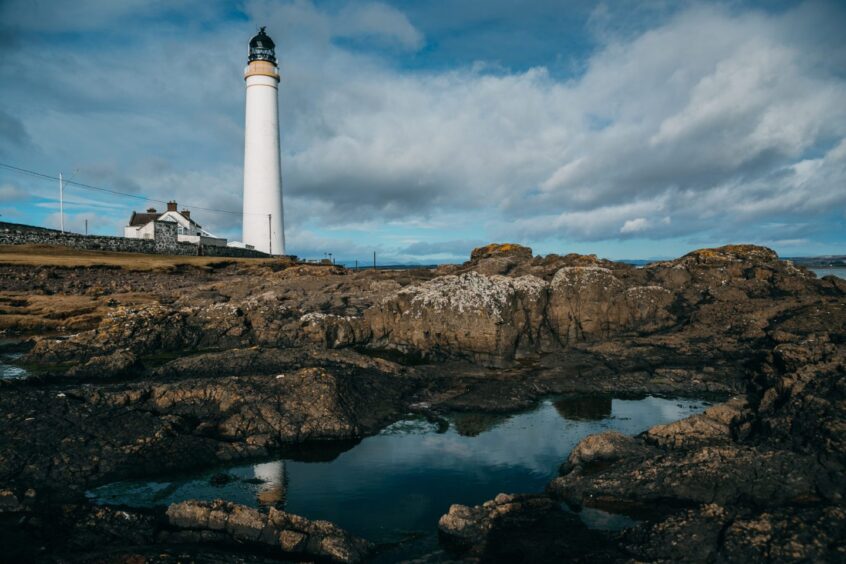

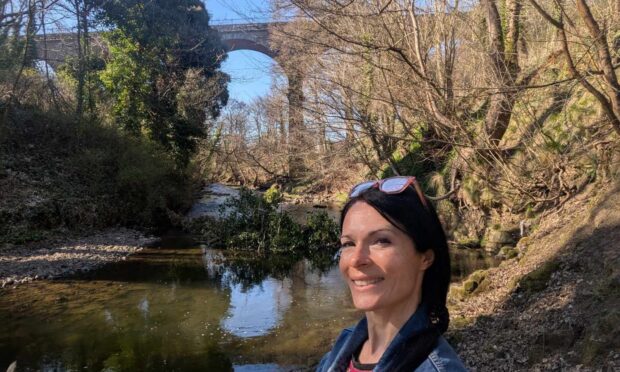
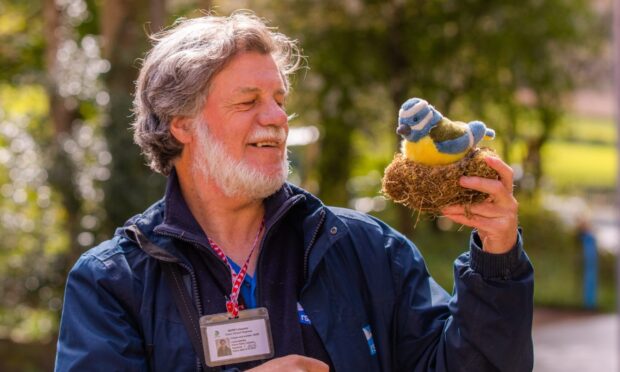

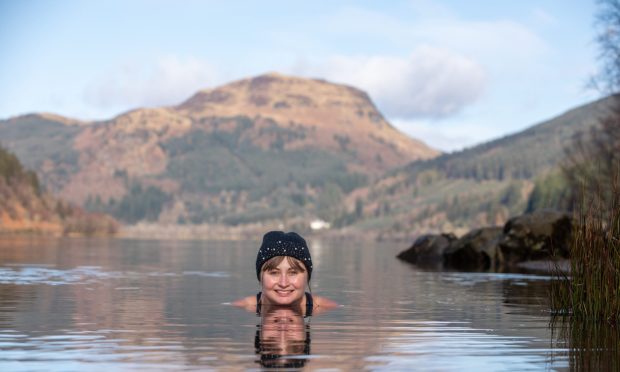
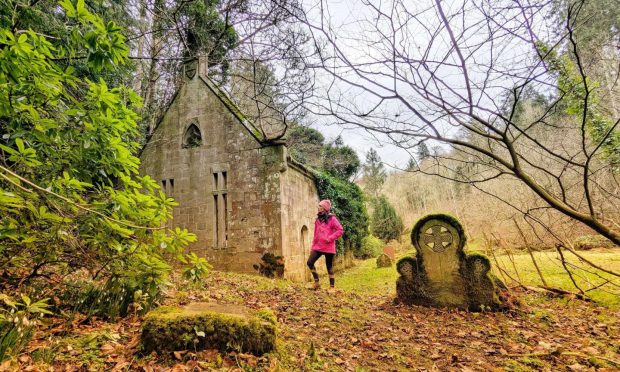
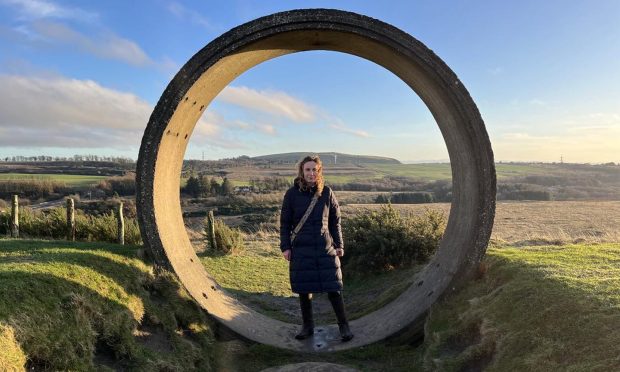
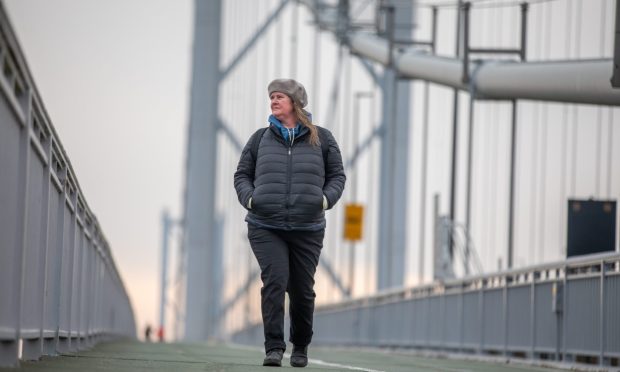
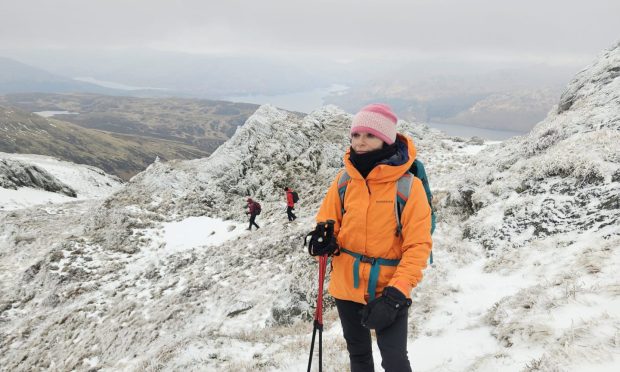
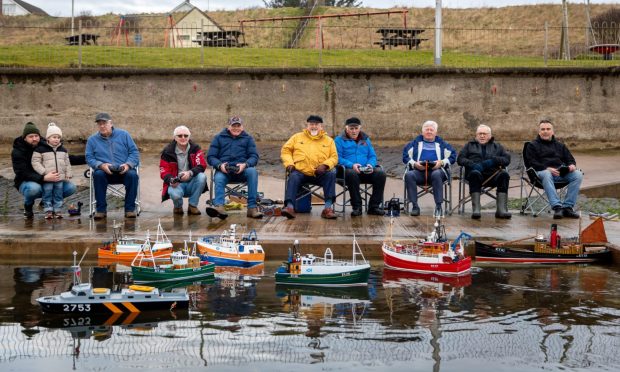
Conversation